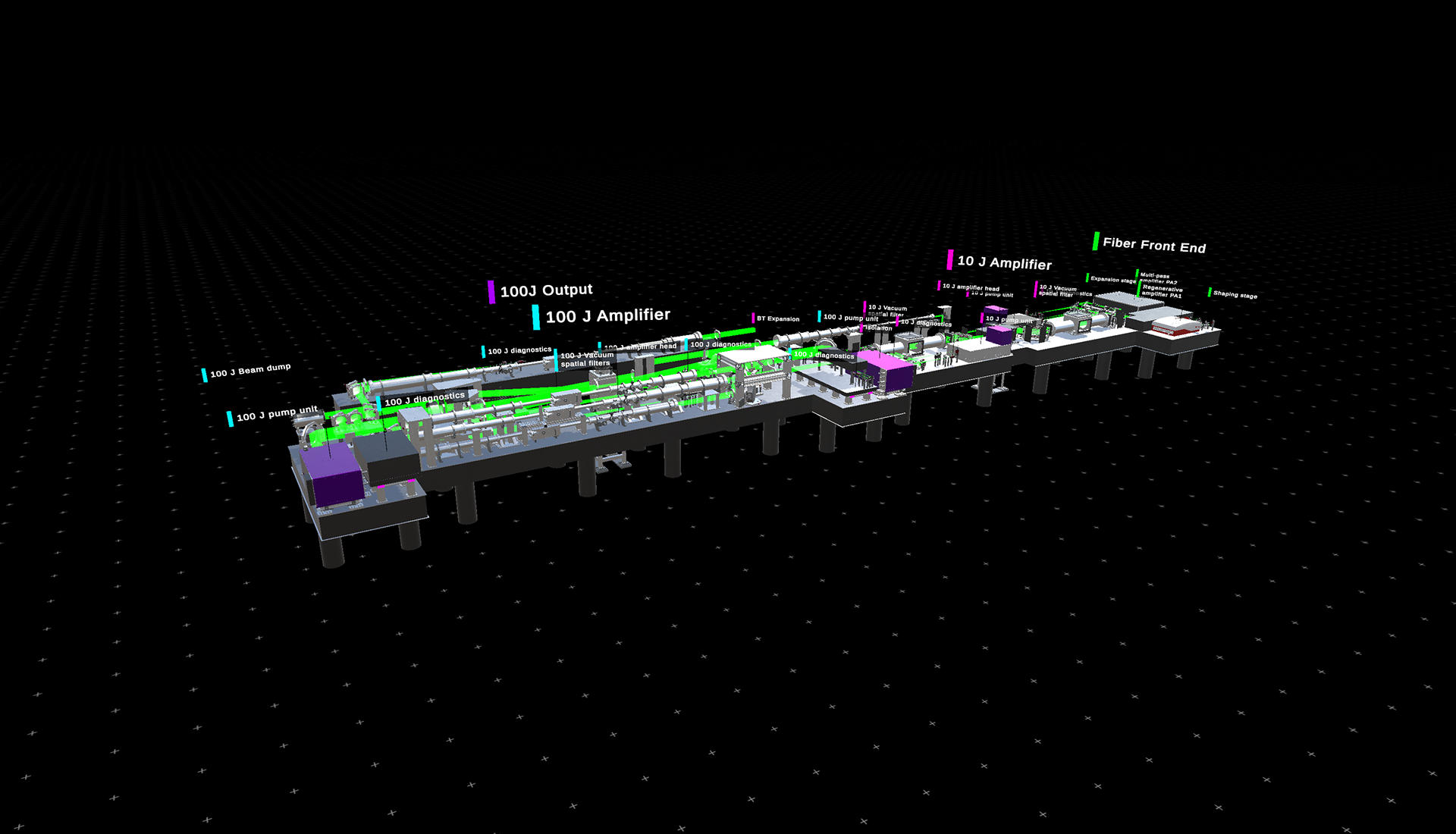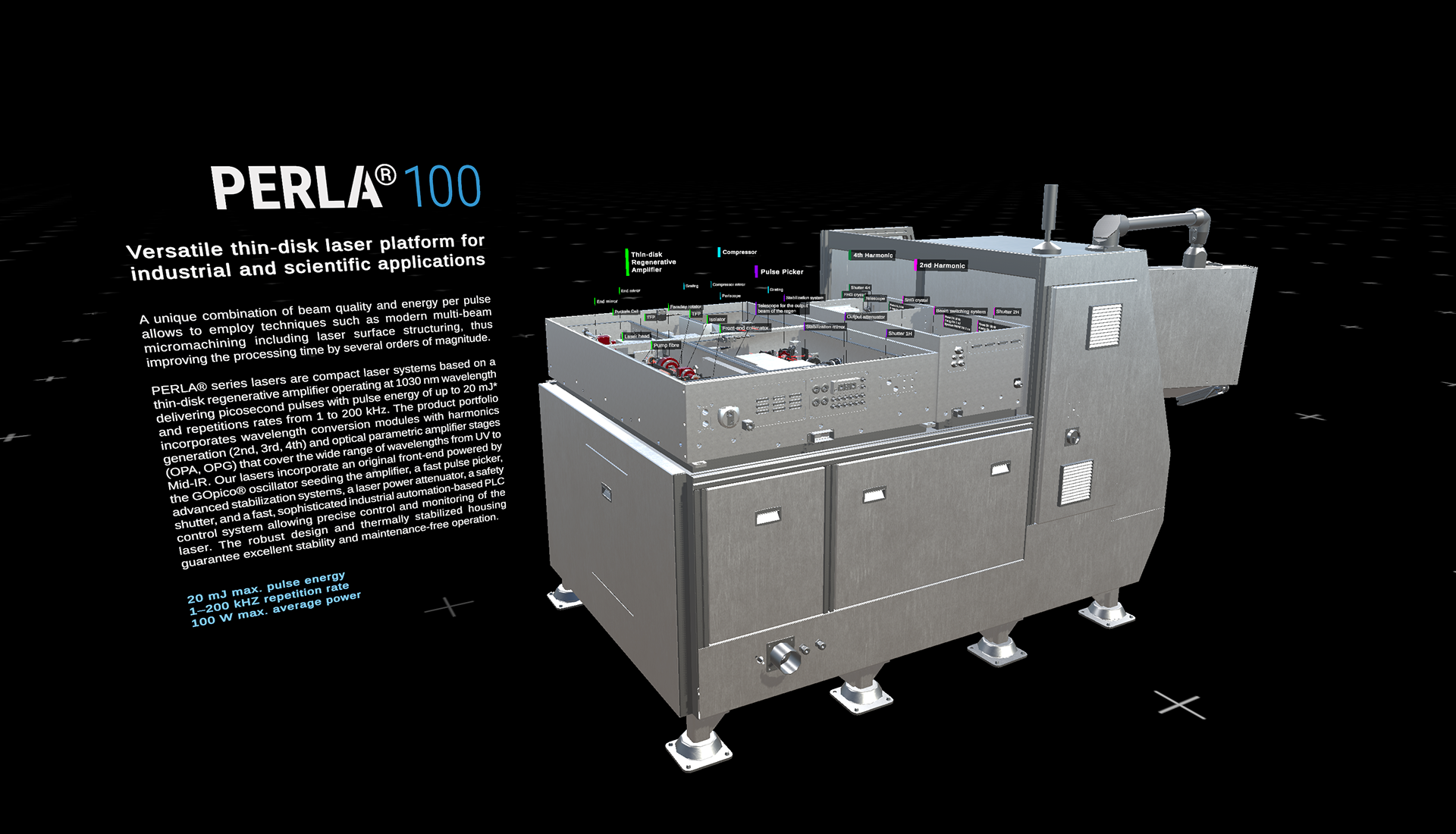Since around 2013, I have been developing virtual reality applications primarily for science communication, with a focus on laser research and fundamental physics. For over 8 years, this was a significant aspect of my role at the ELI Beamlines research facility, one of the world's largest scientific laser centers. Additional details about the project I coordinated can be found on the Virtual Beamline page. Although I left ELI in 2021, I continue to engage in contract VR and AR development for them, as well as for other research organizations.
When designing XR applications, I prioritize understanding and distilling the fundamental concepts that drive the project's goals. My philosophy in XR interaction design is driven by minimalism, focusing on engaging users through object interactions rather than relying on spatial UI elements. This approach allows objects to reveal their essence, both in digital materiality and dynamic behavior.
Mixed Reality Apps for the Extreme Light Infrastructure, 2023
Showcasing one of the world's most powerful lasers, the 10 PW L4 ATON system, alongside a colossal Plasma Physics Platform (P3) vacuum chamber and a conceptual design of Qure, the first Ultrafast Laser Radiotherapy Device, this VR and Microsoft HoloLens 2 AR project is designed to convey three distinct and significant aspects of the ELI Beamlines facility near Prague. In the initial development phase, my task involved optimizing and completing 3D models of these complex systems. This presented a significant challenge, especially with the ATON laser's 3D model containing approximately 30 million triangles and a rather incoherent mix of 3D objects.
After successfully optimizing this data to around 200,000 triangles to ensure optimal performance on the HoloLens 2, I proceeded to design and implement custom interaction and navigation functionalities using the Mixed Reality Toolkit (MRTK 3). The applications blends realistic and wireframe visualizations of these intricate systems. Additionally, in the VR app for three distinct plasma physics experiments, I incorporated dynamic ray-traced visualization to illustrate the propagation and focusing of laser beams. This involved using off-axis parabolic mirrors generated in MATLAB.
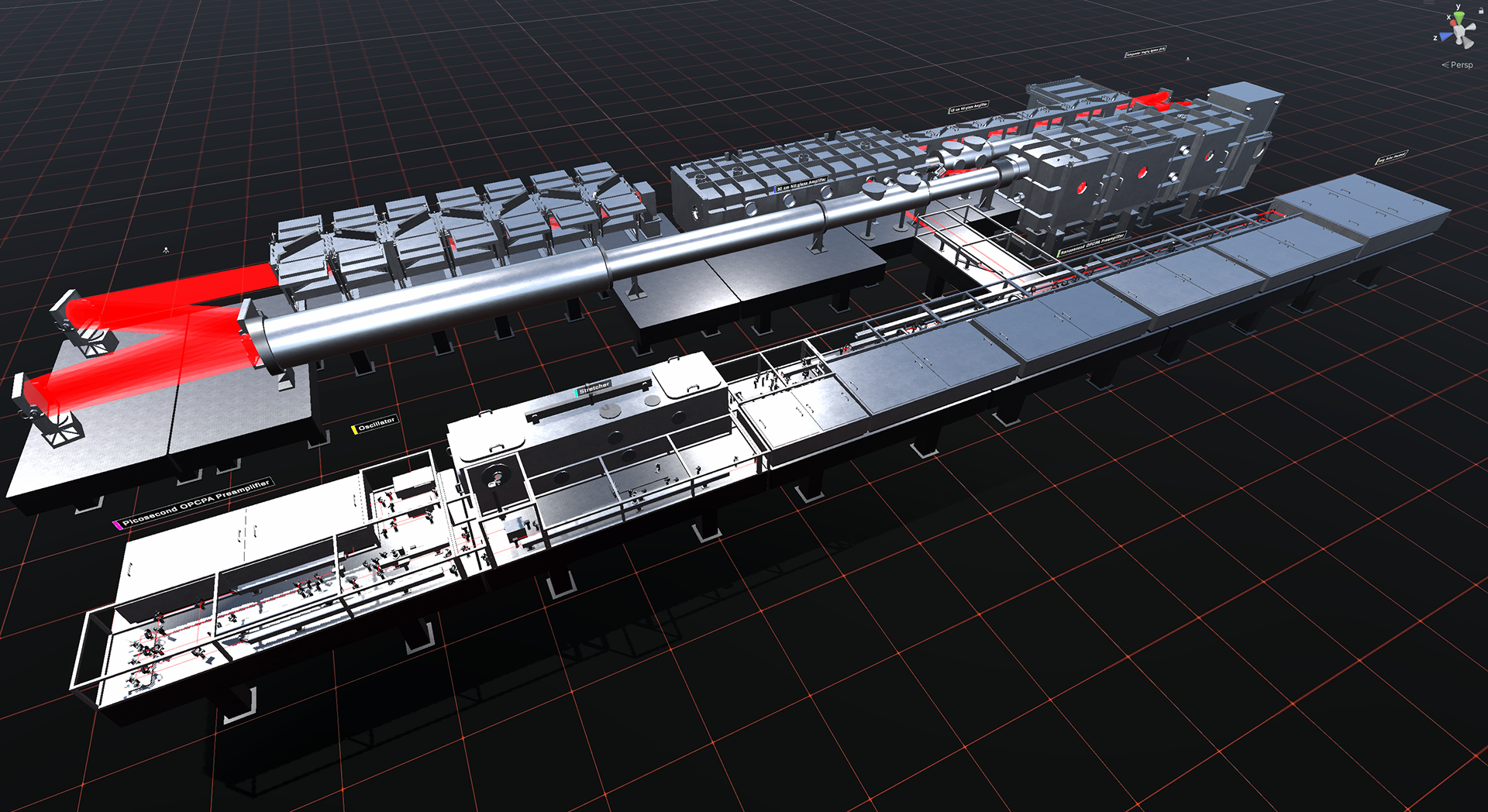
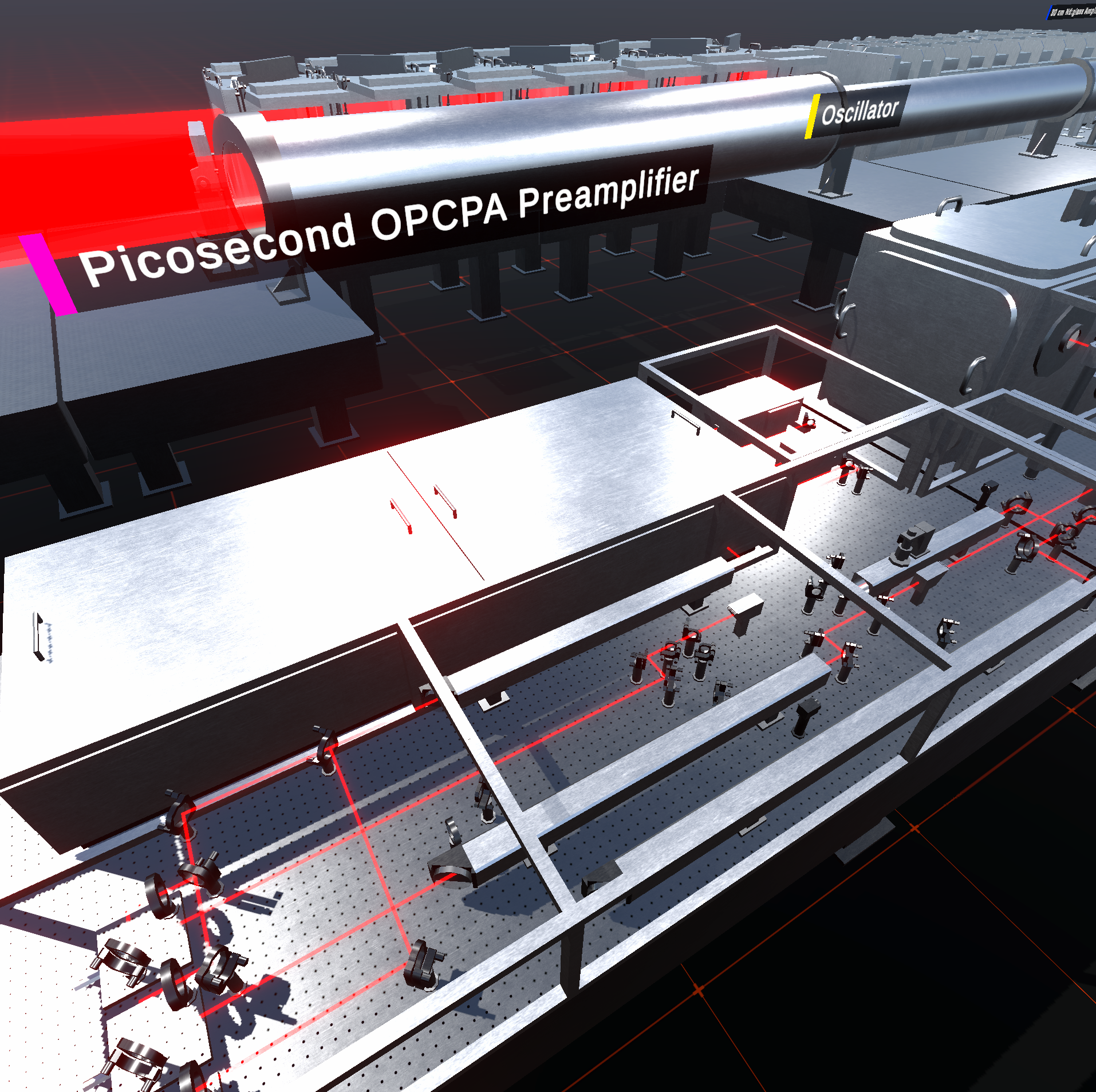


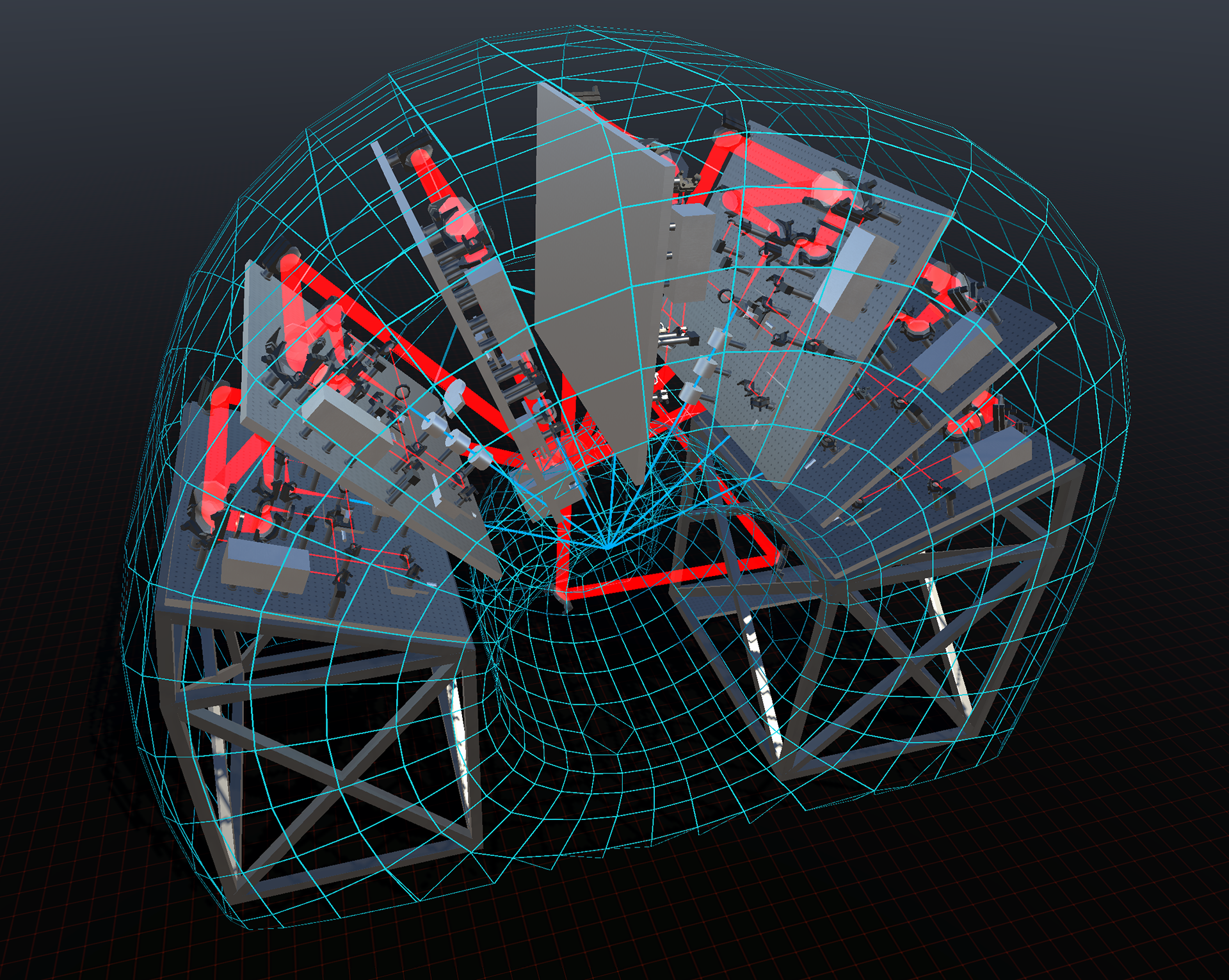
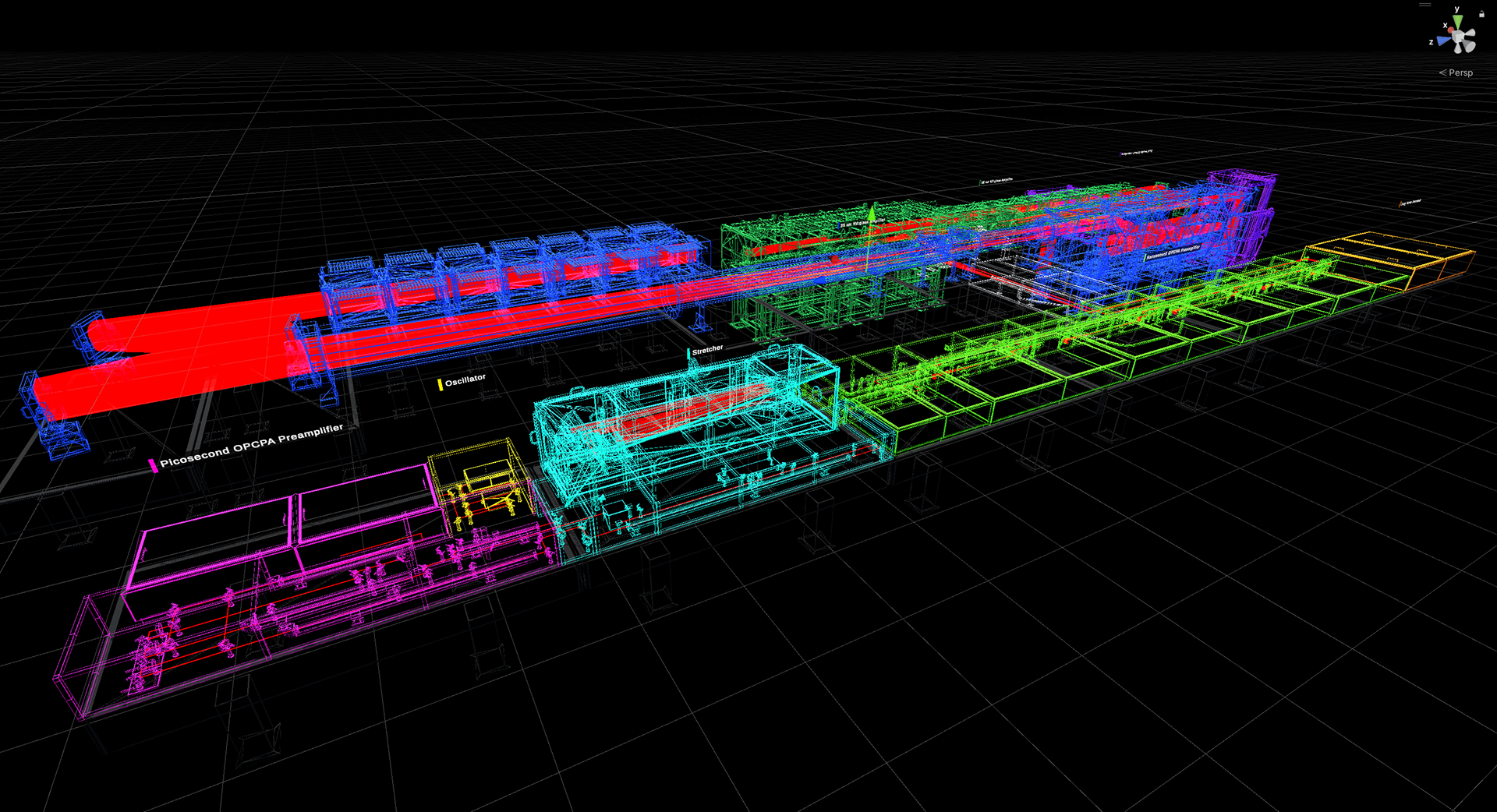
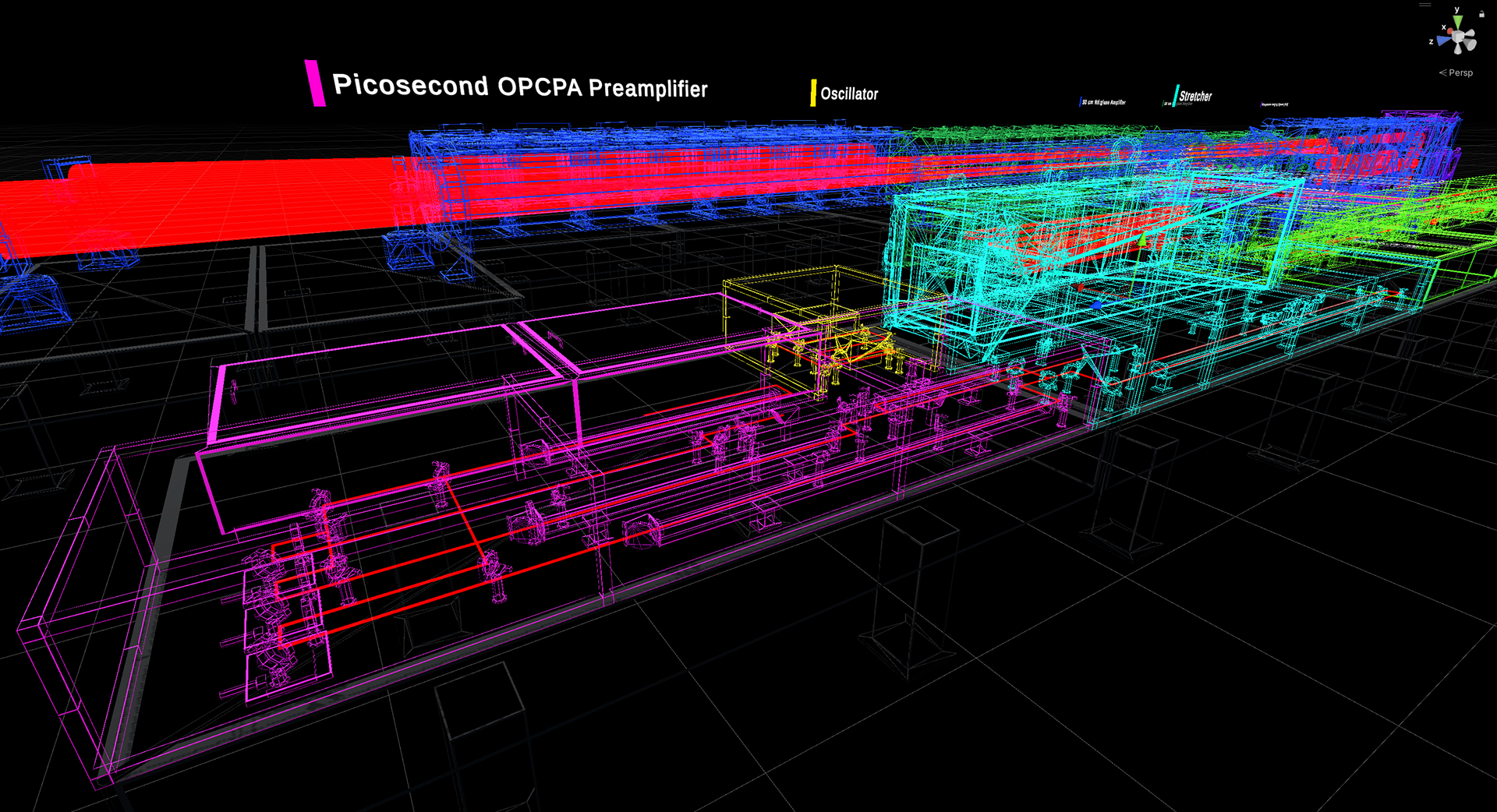

Scientific Visualization in VR for the the Center for Advanced Systems Understanding, 2022
In collaboration with Jiri Vyskocil and scientists from CASUS, Germany, our project focuses on demonstrating the advantages of using machine learning for simulating physical processes. We employed Unity VFX Graph to visually represent simulated data showcasing the melting of beryllium atoms.
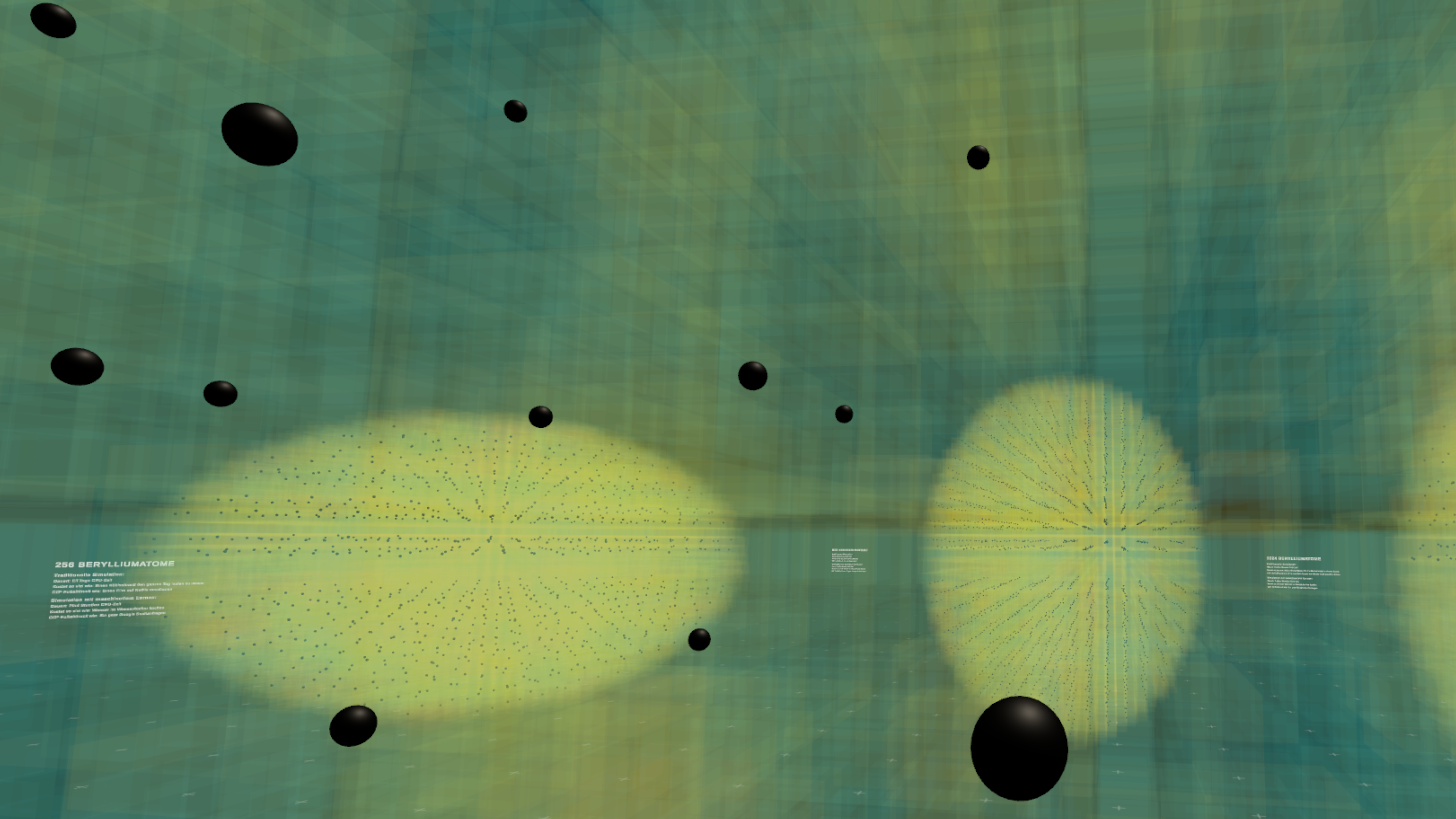
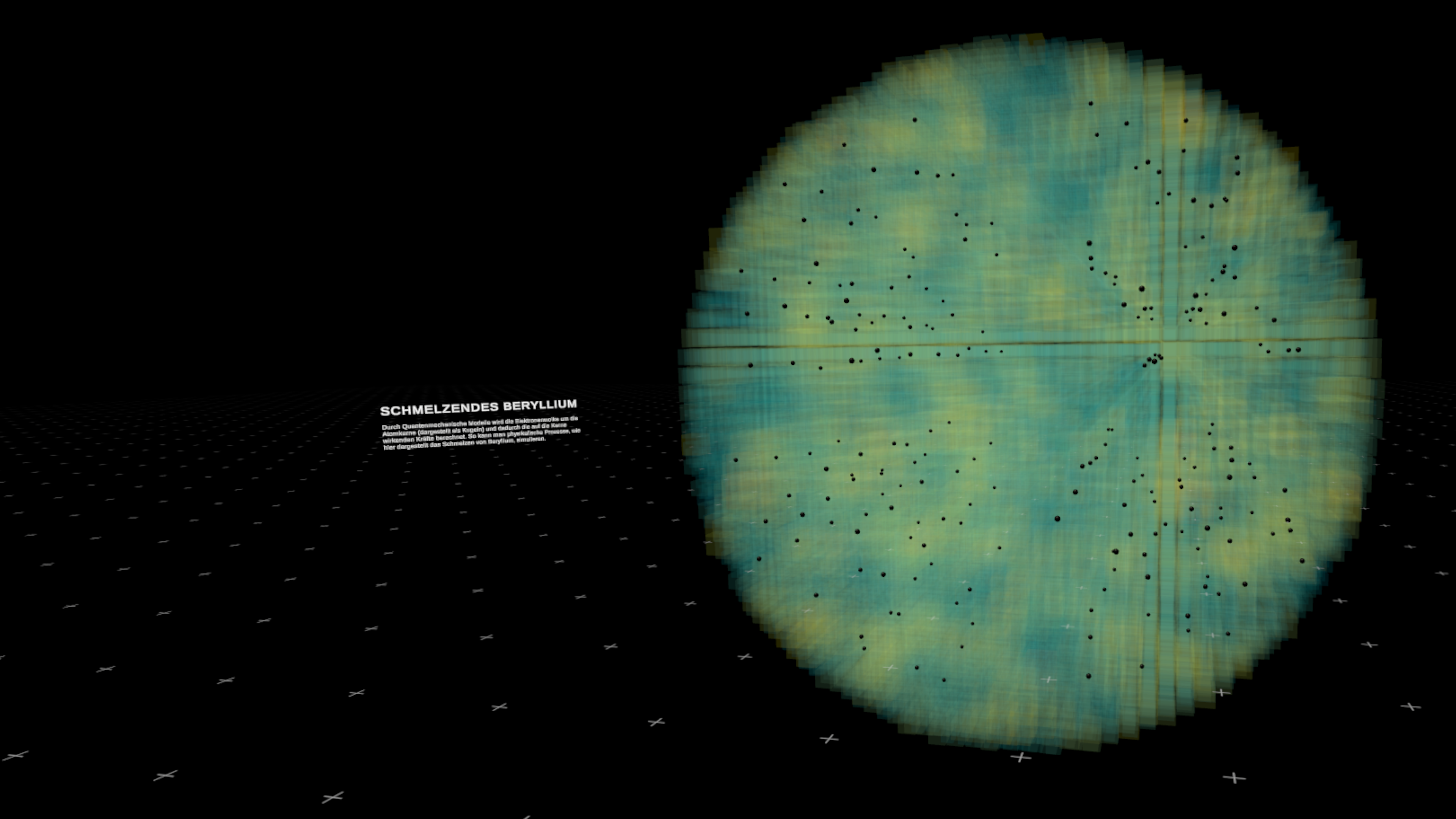

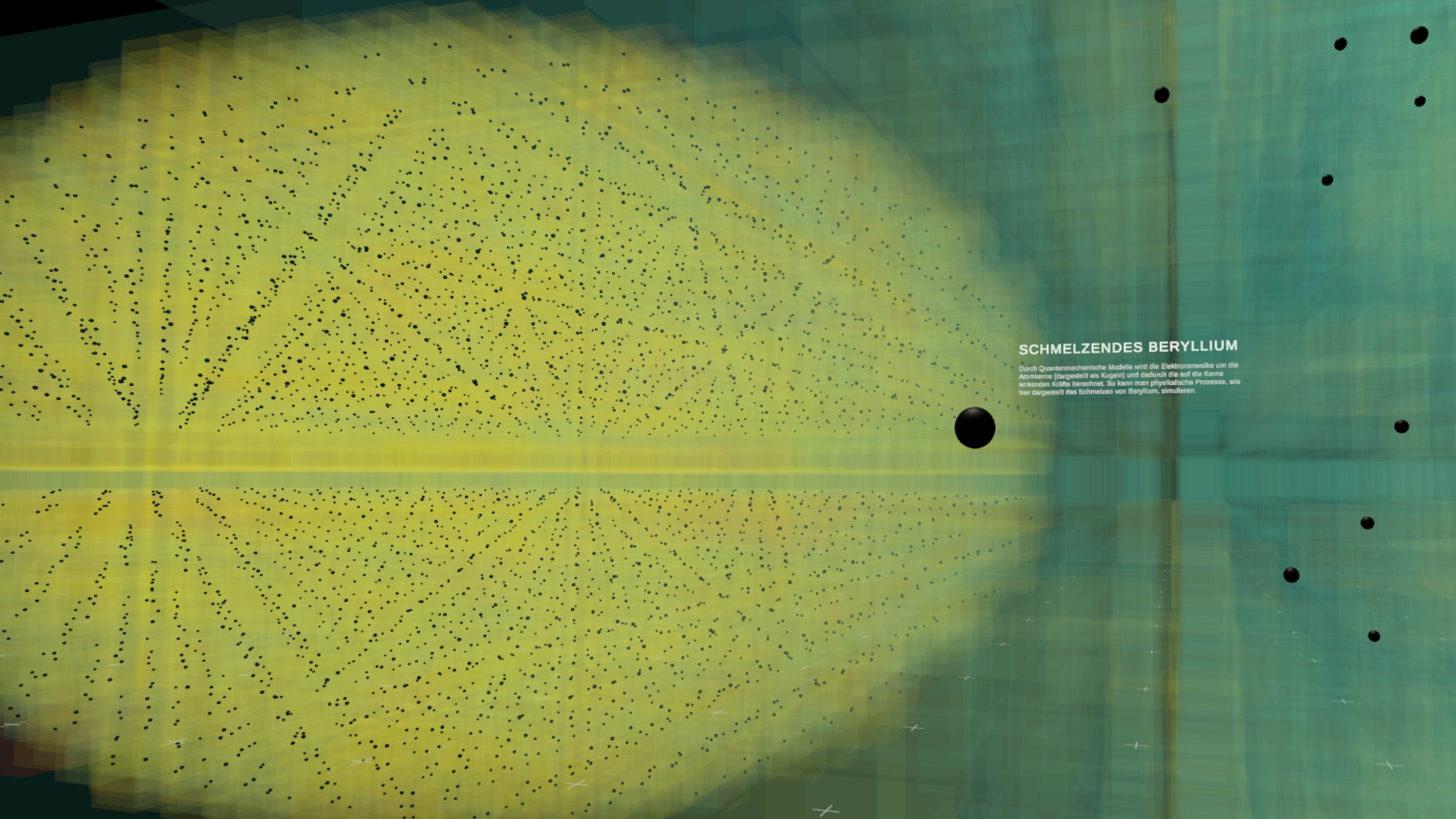
Mixed Reality Apps for the HiLase Laser Center, 2022
Created for Hololens 2 AR as well as for desktop VR, the apps provide immersive exploration of advanced laser systems including the Bivoj Laser, that holds the world record of average power output from a high energy laser from 2021.
